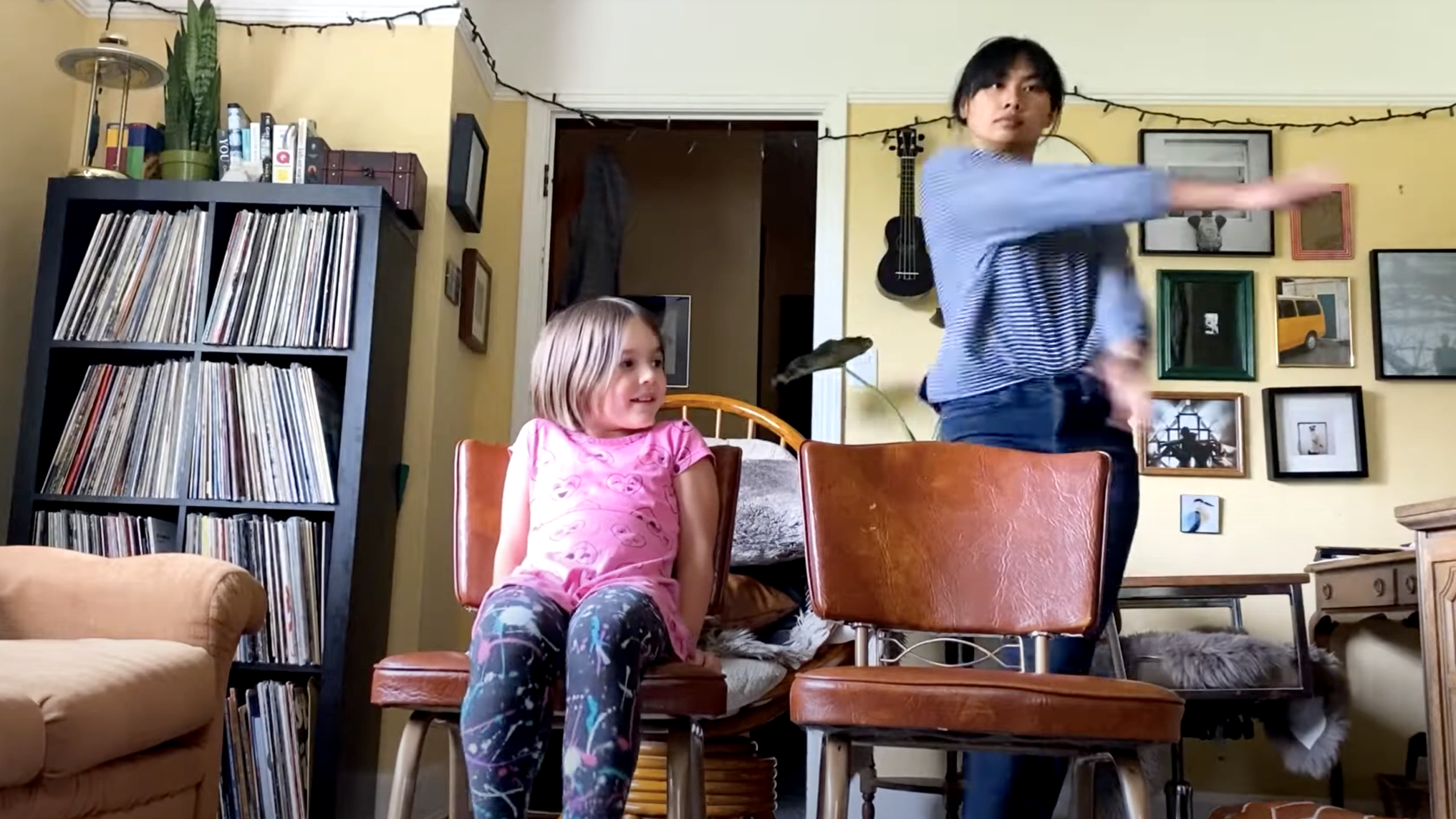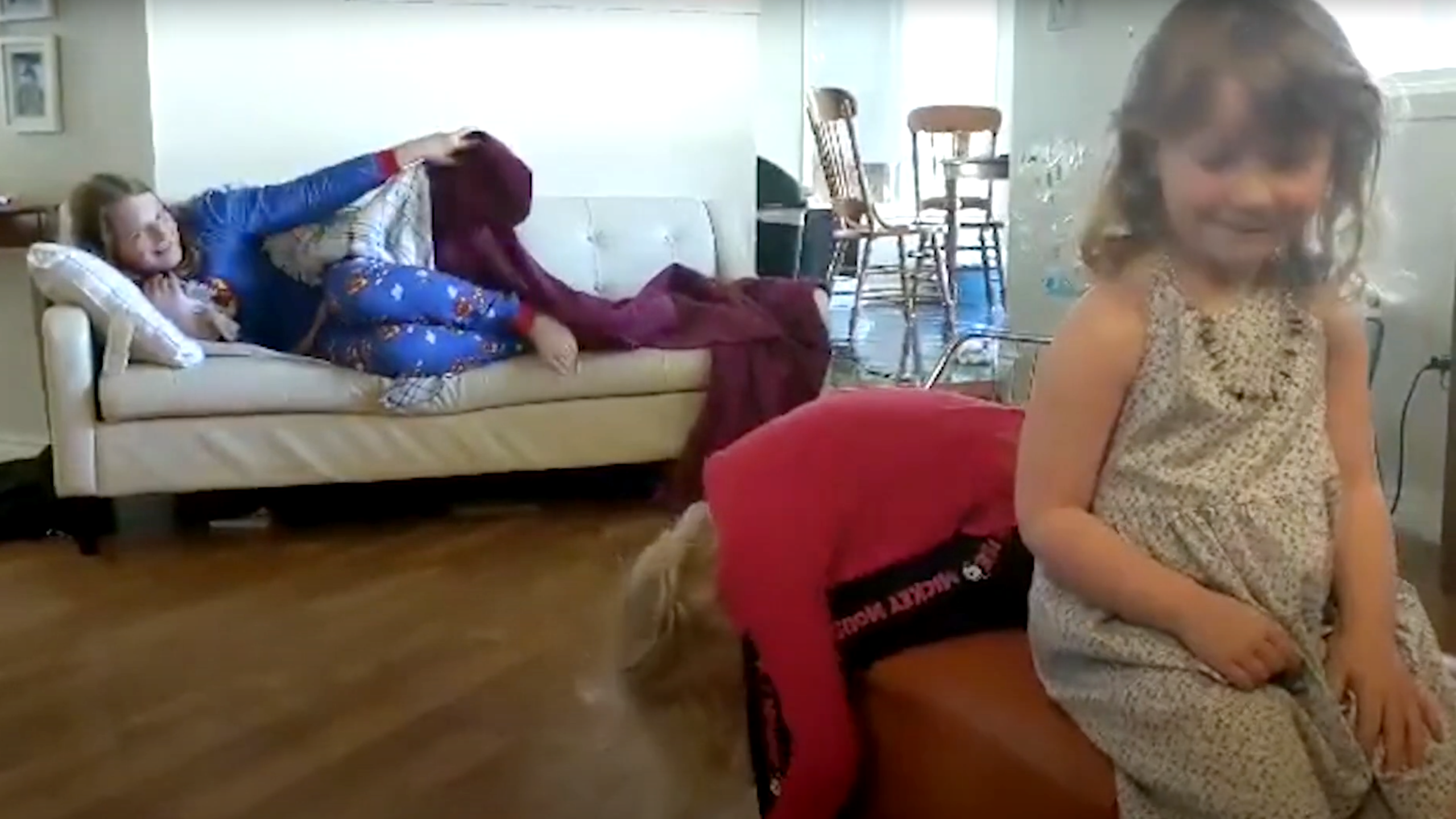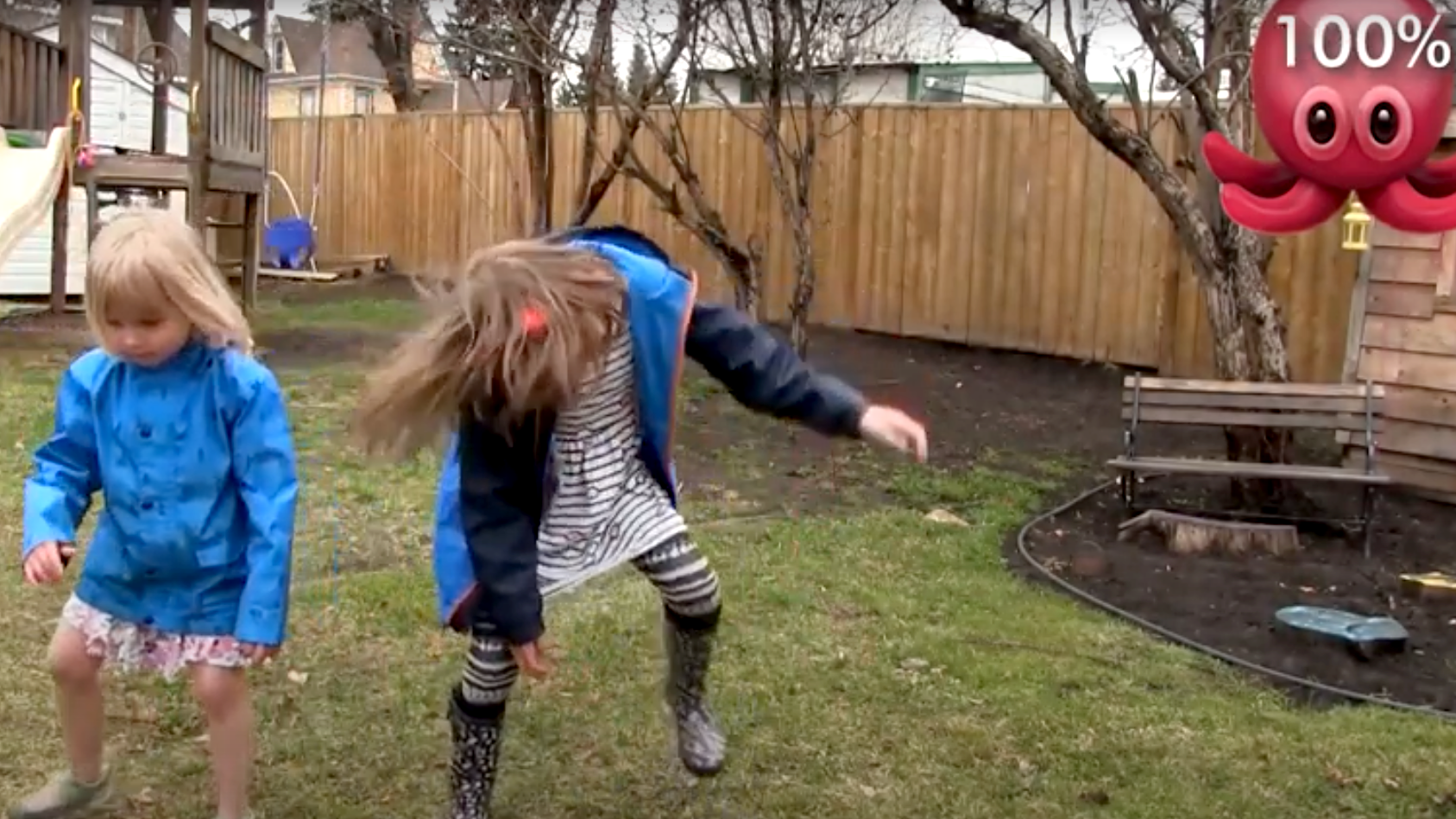How to tell an Improvised Story
In 2010 Rapid Fire Theatre created a series of improv tutorials to serve as an introduction to the world of improv, especially for the participants in the Wildfire Festival and the Northern Alberta Improv League! In Spinning a Yarn, a fresh-faced Amy Shostak and Kory Mathewson (aka late 80’s movie star Judge Reinhold) teach you how to tell an improvised story!
Keep it Simple!
Don’t think that your scene needs to be an epic thing with twists, turns and complex plot lines. The opposite is often true, and makes for a better improvised scene!
The 5 element Scene
A basic story has five elements. If you’ve covered all five… congrats! You’ve told a story!
- Location. Where does the scene take place?
- Characters. Who are the characters and how do they know each other?
- Problem. What is the scene about? What needs to be resolved?
- Raise the Stakes. Why is the problem important to our characters? Make the problem worse & get your characters into trouble! If the characters don’t care, the audience won’t care.
- Find an ending. How have things changed for our characters?
Change something!
We want to see your characters grow and be affected by the problems that they face. What is their new reality by the end of the scene?
Have an objective
Giving your characters a strong “personal want” can really help drive the scene.
Your platform is your promise
How you start your scene (characters, location, problem) should give you everything you need to find your ending. Everything you need to tell your story is within the world that you’ve created.




